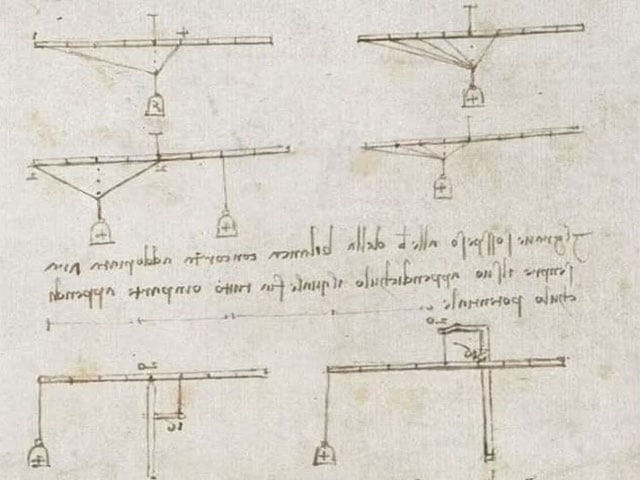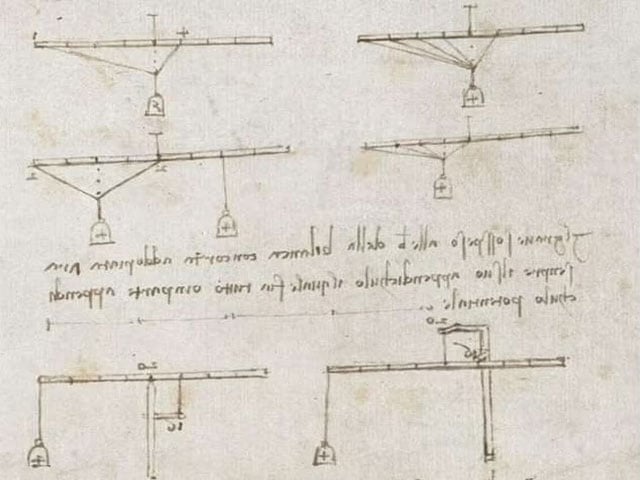

California: An observation of the famous Italian astronomer Leonardo da Vinci’s diagrams in the early 16th century suggests that he understood gravity long before the British mathematician Isaac Newton.
Researchers at the California Institute of Technology re-examined da Vinci’s notebooks, revealing that da Vinci had conducted experiments in which gravity was presented as a form of acceleration while he The gravitational constant was 97 percent accurate.
The team of researchers believe that limited resources prevented Da Vinci’s experiments from explaining gravity. They did not have a time measuring device that would be used when an object falls.
Leonardo da Vinci (1452-1519) was far ahead of his time in understanding these ideas, so it is not surprising if he came up with the idea of gravity.
However, in 1604 Galileo stated that the rate at which a falling object travels is proportional to the square of the time spent in the process.
Later in the late 17th century, Newton proposed the law of universal gravitation, which explained how objects attract each other.
(function(d, s, id){
var js, fjs = d.getElementsByTagName(s)[0];
if (d.getElementById(id)) {return;}
js = d.createElement(s); js.id = id;
js.src = “//connect.facebook.net/en_US/sdk.js#xfbml=1&version=v2.3&appId=770767426360150”;
fjs.parentNode.insertBefore(js, fjs);
}(document, ‘script’, ‘facebook-jssdk’));
(function(d, s, id) {
var js, fjs = d.getElementsByTagName(s)[0];
if (d.getElementById(id)) return;
js = d.createElement(s); js.id = id;
js.src = “//connect.facebook.net/en_GB/sdk.js#xfbml=1&version=v2.7”;
fjs.parentNode.insertBefore(js, fjs);
}(document, ‘script’, ‘facebook-jssdk’));



